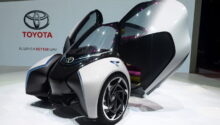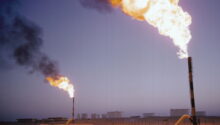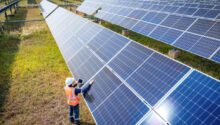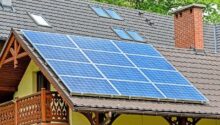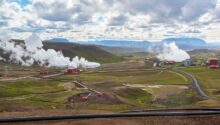The winds of change are blowing—literally. Once a niche player, wind energy has emerged as a leading force in the clean energy movement. As we face the challenges of climate change and the environmental toll of fossil fuels, it’s clear that we need alternatives. But is wind power the solution?
Wind energy offers a lot of promise, but it’s not without its downsides. Let’s break it down—the benefits, the drawbacks, and what it means for our future.
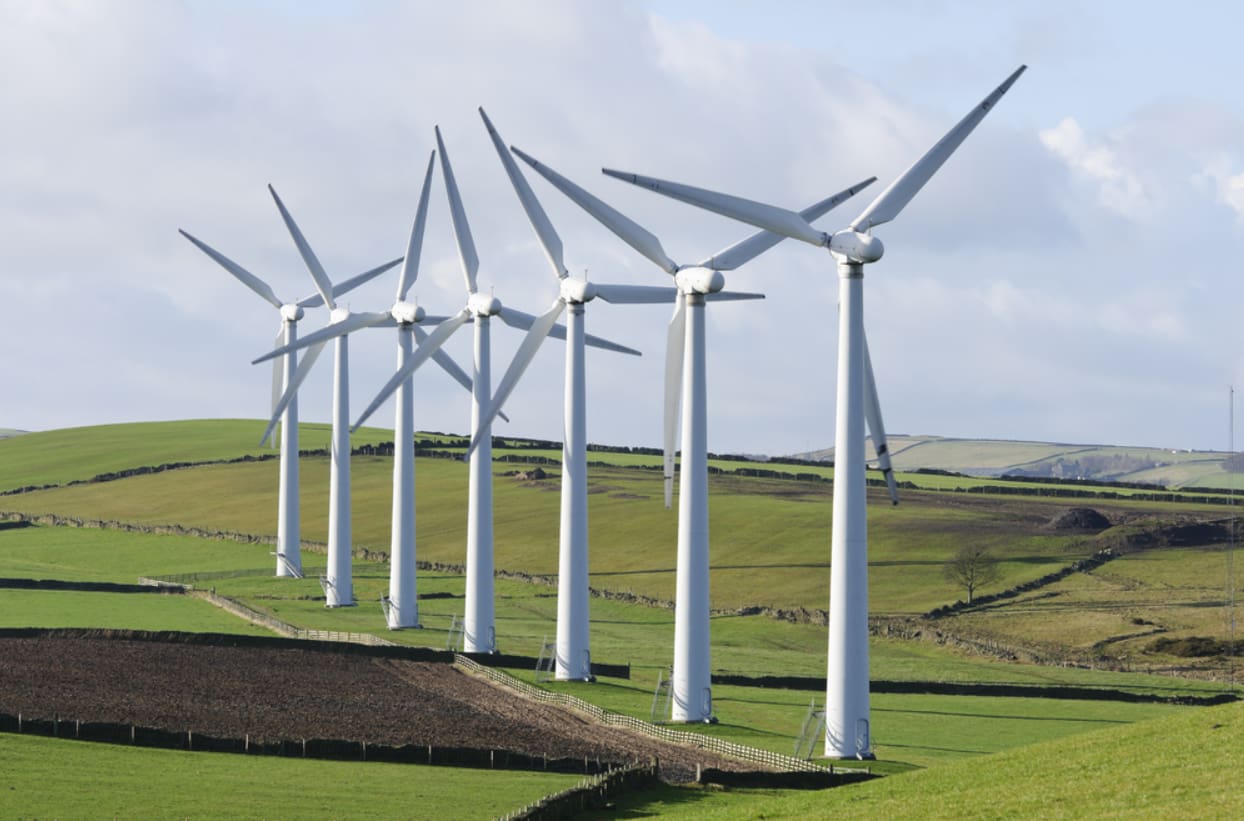
How Does Wind Energy Work? (And Why It’s So Important)
If you’ve ever seen those giant wind turbines on a road trip, you already have the basic idea of wind energy. Here’s how it works: When the wind blows, it spins the blades of these turbines.
The spinning generates energy, which is converted into electricity and distributed to homes, businesses, or the power grid. Simple, right?
Here’s why it matters: In 2020, renewable energy surpassed coal in electricity generation in the U.S. for the first time ever, and wind energy played a big role. It’s now the top renewable electricity source in the U.S., even ahead of solar.
As we keep moving toward cleaner energy sources, wind is leading the charge.
The Pros of Wind Energy: Harnessing Nature’s Power
Wind energy has a lot going for it. Let’s take a look at its biggest advantages.
Clean and Abundant Energy
One of the best things about wind energy is that it’s clean. Once a turbine is up and running, it produces electricity without pumping out any greenhouse gases. Plus, wind isn’t something we’ll ever run out of—so long as the wind blows, we’ve got power.
Affordable Energy (in the Long Run)
Wind turbines are expensive to build, but once they’re up, they’re pretty cheap to maintain. In fact, wind energy is one of the most cost-effective options we’ve got. It’s even cheaper than coal and gas in many areas. That means savings for energy companies—and potentially lower electricity bills for you.
Helps Farmers and Rural Communities
Here’s a cool fact: Wind turbines can actually help farmers make money. Farmers can lease a bit of their land for turbines while still using the rest for crops or livestock. Those leases provide a steady income that helps them weather tough times.
Plus, wind farms boost the local economy by creating jobs and funding schools and public works.
Technology Keeps Getting Better
Wind energy is getting cheaper and more efficient every year, thanks to better technology. Today’s turbines can capture more wind and generate more electricity than ever before. And as they improve, they’ll only get more affordable and effective.
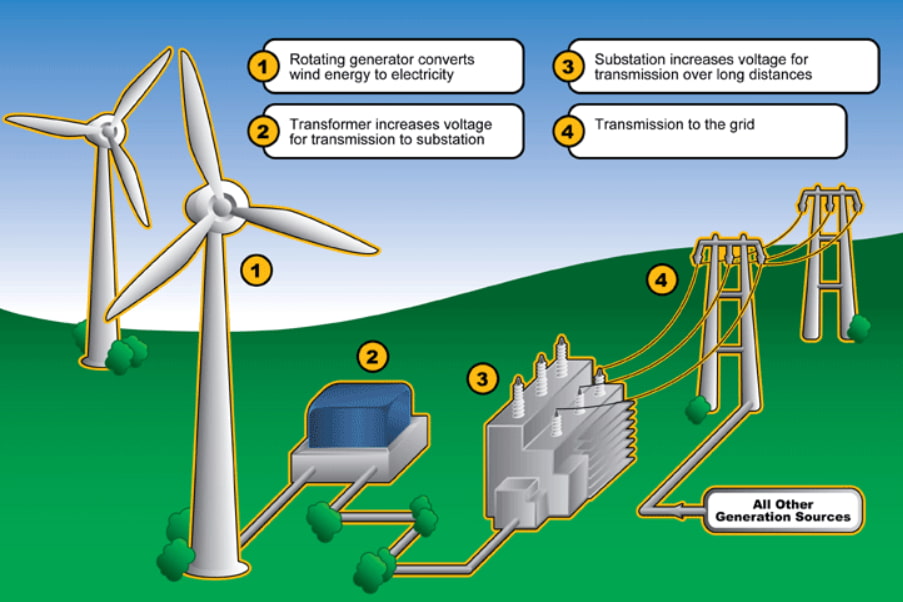
The Cons of Wind Energy: Where It Falls Short
Of course, no energy source is perfect. Wind energy has its challenges, too.
It Depends on the Weather
Here’s the thing about wind energy: It only works when the wind is blowing. If it’s a calm day, those turbines aren’t generating electricity. That makes it less reliable than other energy sources, especially when demand is high. The good news? Better energy storage systems are on the horizon, which will help smooth out the supply.
Not Everyone Loves the Look (or Sound)
Some people think wind turbines are ugly. Others complain about the noise they make when their blades spin. If you live near a wind farm, you might notice a steady hum or even a flickering shadow as the blades move. These issues can be annoying, especially for folks living close to the turbines.
Impact on Wildlife and Habitats
Wind turbines can be rough on wildlife, particularly birds and bats that might fly into the spinning blades. Offshore turbines can also disrupt marine habitats. While careful planning and better designs are helping to reduce these impacts, it’s still something to consider.
High Upfront Costs
While wind energy is affordable in the long run, the initial costs can be steep. Building and installing turbines—especially offshore ones—is a big investment. There’s also the challenge of transporting electricity from rural wind farms to the cities where it’s most needed, which requires more infrastructure.
| Pros | Cons |
|---|---|
| Clean and eco-friendly energy | Dependent on wind (variable energy source) |
| Sustainable and renewable source | Can disrupt landscapes and be visually unappealing |
| Low operational costs | Turbines can generate noise |
| Affordable energy source | Can harm birds and other wildlife |
| Efficient land use (e.g., on farms) | High installation costs |
| Boosts rural economies | Challenges with energy storage |
| Technology advancements reducing costs | Installation can temporarily disrupt ecosystems |
The Future of Wind Energy: Solving the Challenges
So, is wind energy worth it? Absolutely. Despite its challenges, wind power has huge potential to transform the way we generate electricity. Here’s what the future looks like:
- Cheaper and More Efficient: Turbines will keep getting better at converting wind into electricity, which means more power for less money.
- Smarter Solutions: Advances in energy storage and grid management will make wind energy more reliable, even when the wind isn’t blowing.
- Better Designs: New turbine designs are quieter, less obtrusive, and safer for wildlife. Some can even capture energy in innovative ways, like from the air displaced by passing cars.
The best part? Wind energy isn’t just good for the planet—it’s good for people. Wind power contributes to job creation, supports farmers, and helps stabilize energy prices, offering benefits beyond clean electricity.
Conclusion: Should We Bet on Wind Energy?
So, what’s the verdict? Wind energy has a lot going for it. It’s clean, renewable, and increasingly affordable. It creates jobs and supports rural economies. Sure, it’s not perfect—its reliance on weather and potential impact on wildlife are real concerns—but the future looks bright.
If you’re looking for a way to support clean energy, wind is a solid bet. Whether it’s investing in wind projects, advocating for policies that promote renewable energy, or simply staying informed, we all have a role to play in the clean energy revolution.
The winds of change are upon us—let’s ensure we’re moving in the right direction.

